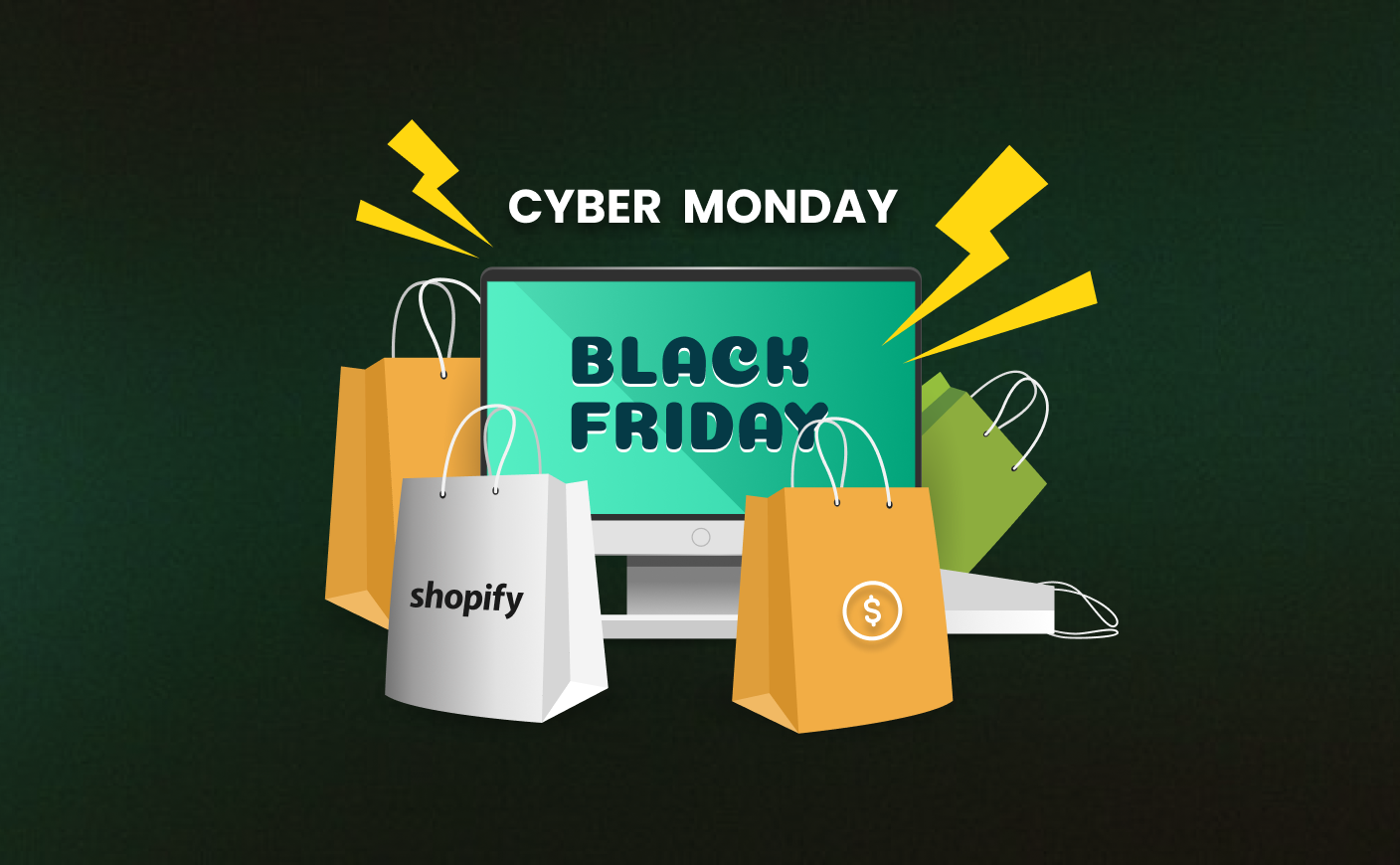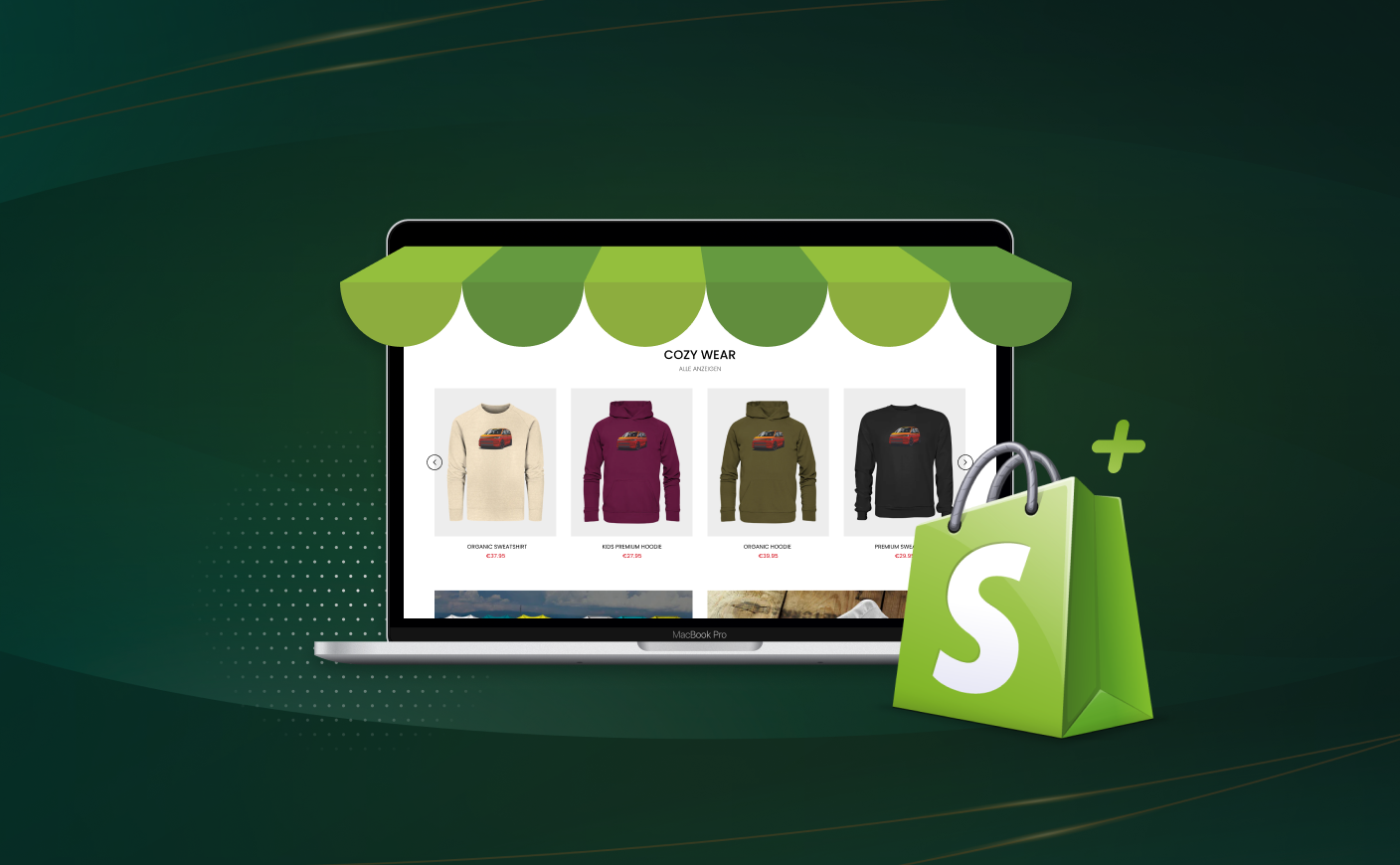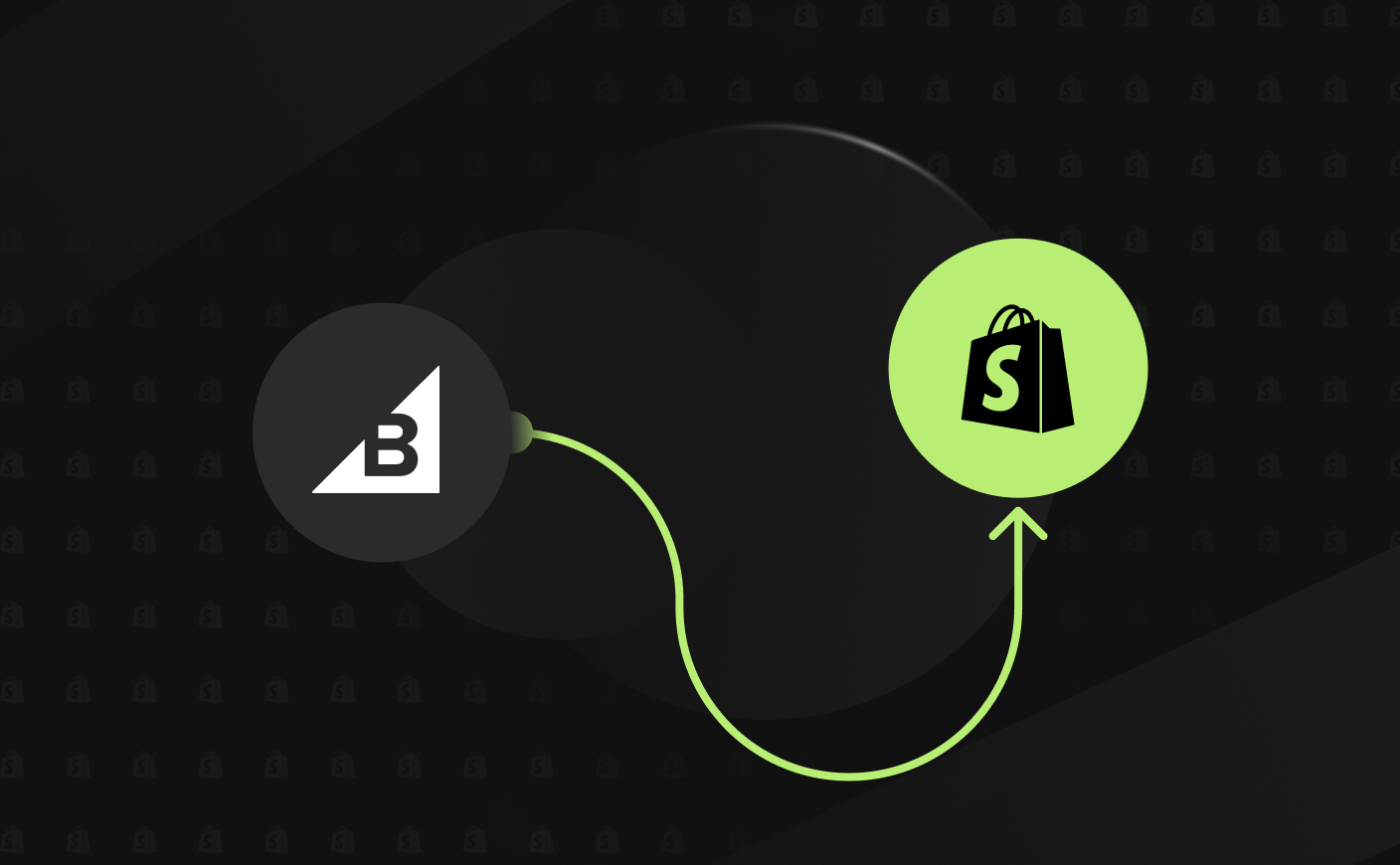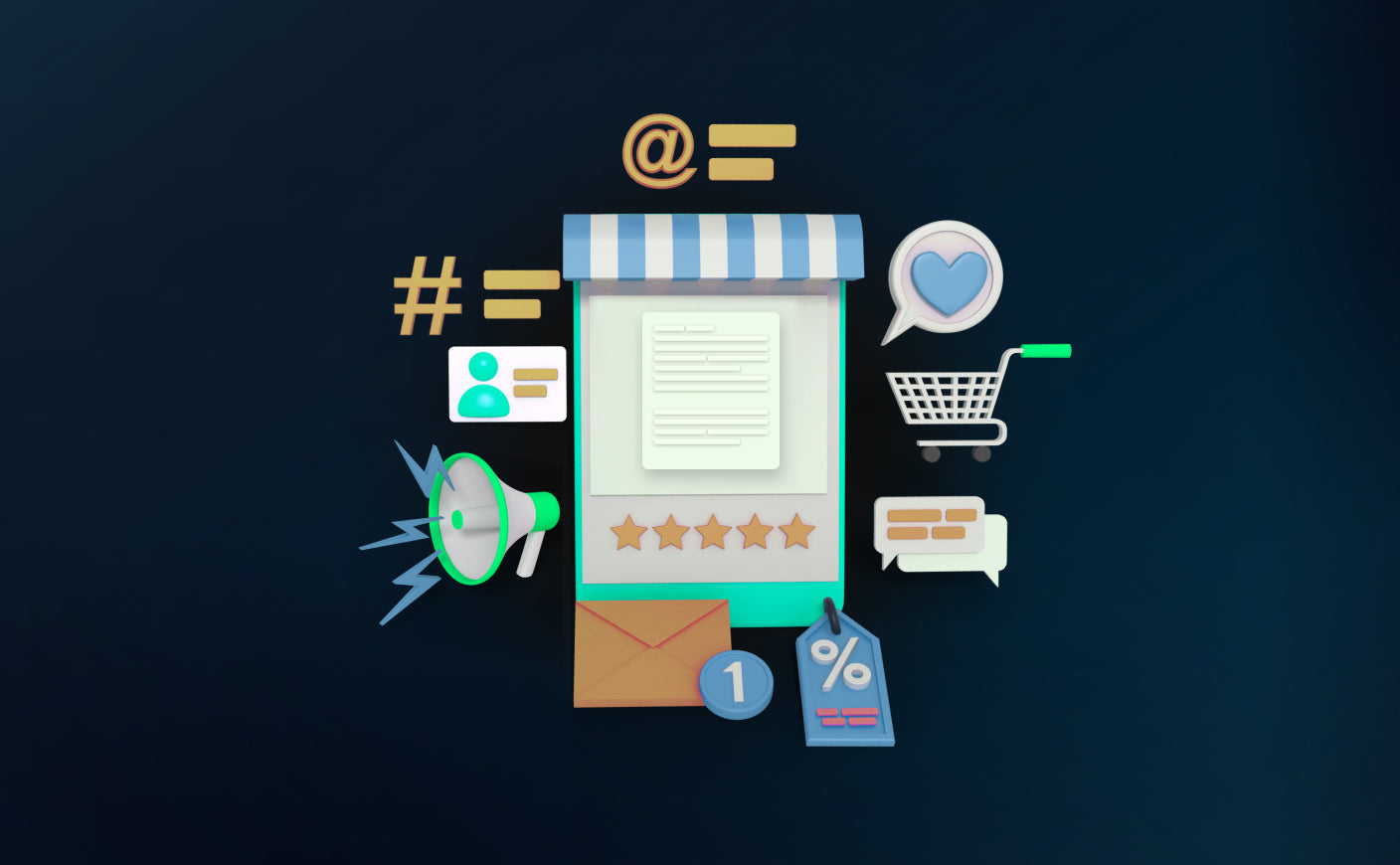Top Ecommerce Trends to Watch in 2025
ecommerce
ecommerce trends
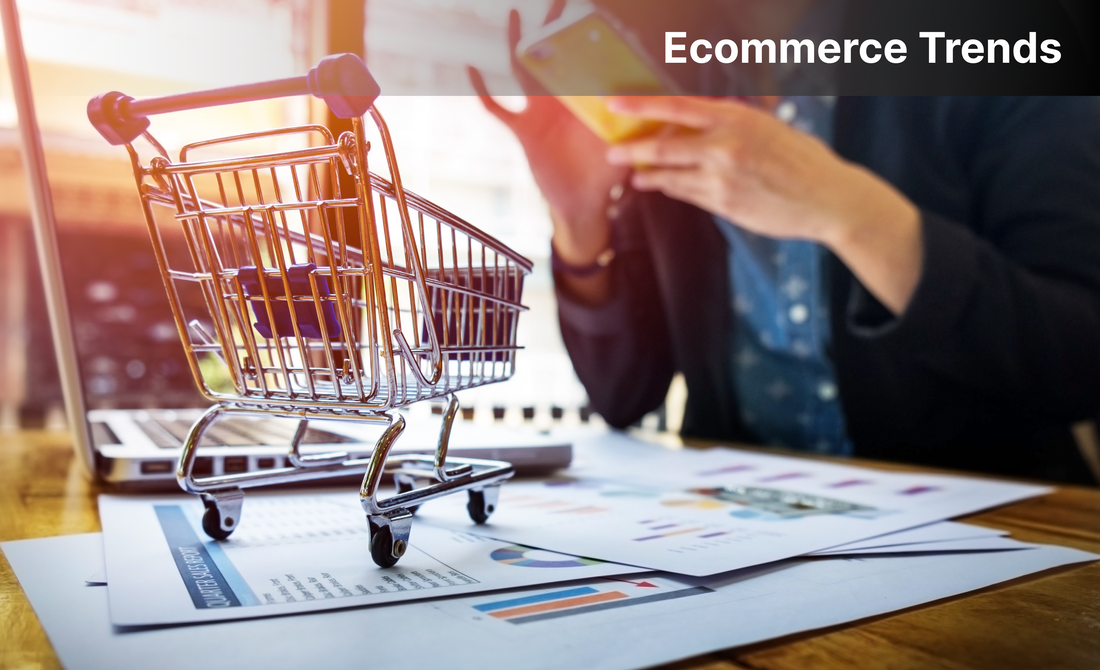
With the covid invading our lives in 2022, we saw ecommerce taking the Centre stage in our life in 2023.
In 2024, users started asking for more. For everything. More customization, more sales, more product options.
So what’s next?
As we are very much into 2025, it is natural to wonder what shift we can expect next.
In 2023, ecommerce made up 19.5% of all retail sales globally, reaching a value of $5.78 trillion. By 2025, this is expected to grow to $6.88 trillion, making up 21.2% of retail sales. By 2026, it’s predicted to hit $7.47 trillion, accounting for 22.2% of global retail.
This rapid growth highlights not only the resilience of ecommerce but also its ability to adapt to changing consumer demands.
So the question isn’t whether ecommerce will grow—it’s how businesses will innovate to stay ahead in this dynamic landscape.
7 Ecommerce Trends You Should Know About In 2025
If there is one thing that is prevalent in ecommerce, it’s that it is always looking ahead. This industry is the very epitome of innovation and technology.
Let’s explore the top ecommerce trends you can expect in 2025.
#1 Growing Popularity of Augmented Reality
One of the greatest challenges involved with online shopping is the inability to see, touch, or fully experience the product before buying.
Augmented reality or AR helps to bridge this gap between a brand and consumer.
By 2025, over 100 million people in the U.S are expected to use AR, contributing approximately $36 billion to global retail sales. Major retailers are already using AR for virtual try-ons and 3D product views, helping customers visualize products in real-world settings.
As AR evolves, it boosts buyer confidence, reduces returns, and drives the ecommerce market into the future.
Also read: The ultimate guide to AR vs VR.
#2 Rise of Voice Commerce
Imagine being able to literally shop without doing a thing! Voice commerce is transforming the way we shop thanks to voice assistants like Siri, Google Assistant, and Amazon Alexa. You can order, browse, and even keep track of your purchases with simply a voice command.
This trend is booming, with 75% of US households projected to own a smart speaker by 2025.
Voice commerce makes reordering groceries or clothing a breeze. And with tools like Google Assistant supporting over 40 languages, it’s easy to see why this trend is going global. In 2023 alone, ecommerce transactions via voice assistants hit a whopping $19.4 billion, up from $4.6 billion in 2021!
Ecommerce companies are stepping up and optimizing their systems for voice search as voice technology advances to guarantee flawless purchasing experiences. Voice commerce isn’t just convenient—it’s the future of how we’ll shop online.
#3 Use of Artificial Intelligence
Artificial Intelligence (AI) is no longer just a buzzword—it’s a game-changer for ecommerce. AI has completely changed how companies run in recent years, automating procedures and allowing more customized purchasing experiences than ever before. From chatbots providing instant customer service to smart recommendations based on shopping habits, AI ensures customers feel seen and valued.
Did you know that 92% of consumers who have a good experience are more likely to make another purchase? However, 40% of customers will leave after receiving poor service.
This is where artificial intelligence (AI) comes in, providing immediate responses to delivery or product enquiries and even producing personalized product recommendations.
In 2024, ecommerce brands leaned heavily into generative AI, using it to refine product descriptions, create better marketing copy, and improve post-purchase interactions.
With 38% of ecommerce leaders planning major AI investments, it’s clear that the future of online shopping is smarter, faster, and more personal.
Also read: Chatbot vs Conversational AI.
#4 Social Commerce
Over the past few years, social media platforms like Instagram, Facebook, or TikTok are now more than just a place for sharing updates - they’re the thriving hubs for social commerce.
By 2025, an estimated 110.4 million people will shop through social channels, making it clear that social commerce is here to stay.
In recent years, social media platforms like Facebook, Instagram, and TikTok have grown into flourishing hubs for social commerce rather than only being places to share information. It is evident that social commerce is here to stay, as an anticipated 110.4 million consumers would shop through social channels by 2025.
Why is this trend happening?
Customers find it very easy to find and buy products due to features like live shopping and one-click checkout. These platforms are user-friendly, accessible, and provide a low-barrier way for businesses—big and small—to expand their reach, increase brand awareness, and deliver smooth shopping experiences.
The numbers speak for themselves: in 2025, social commerce is expected to account for 20% of global ecommerce sales, valued at a staggering $80 billion. Impulse buying is on the rise too, with 71.2% of TikTok users making purchases after discovering items in their feed.
Instagram (46%), Facebook (45%), and X (43%) aren’t far behind.
This indicates that the environment is shifting for brands. Nowadays, it's impossible to avoid engaging, focused social media marketing.
Whether it’s tapping into influencer partnerships or creating irresistible content, the key is meeting customers where they already are—scrolling, browsing, and buying.
#5 Trend of Mobile Commerce
Did you know that by 2027, mobile commerce will make up a staggering 62% of all ecommerce?
Shopping while on the go is no longer a fad; rather, it has become the new norm as mobiles have become an extension of our hands.
Whether it’s price comparisons, reading reviews, or making impulse purchases, mobile devices have become the ultimate shopping companion.
Businesses need to adopt the "mobile-first," approach as experts estimate that by 2025, mobile commerce will generate $2,500 billion. This means creating smooth, responsive designs that prioritize smaller screens, faster loading times (because even a one-second delay can cost up to 10% in lost conversions!), and features like one-click ordering.
#6 Focus On Sustainability
A recent PwC study shows that over 70% of shoppers are willing to pay more for sustainably produced goods, with younger generations leading the charge.
Gen Z and Millennials are especially drawn to brands that prioritize eco-friendly practices, with 57% of them considering sustainability essential when shopping for clothing, accessories, and shoes.
The shift is evident for ecommerce companies: consumers desire environmentally friendly products and services. This involves offering sustainable options such as carbon-neutral shipping, product buybacks for reuse, and biodegradable packaging.
By adopting these strategies, companies increase consumer loyalty while also lessening their environmental impact.
#7 Offering Flexible Payment Options
A smooth checkout process can make or break a sale. One key factor in ensuring your customers complete their purchase is offering flexible payment options.
In fact, 13% of customers will abandon their carts if they don’t see enough payment methods.
So, why not cater to a wider audience by providing multiple payment choices like credit cards, PayPal, Apple Wallet, or even one-click checkout options like Bolt?
But that’s not all!
Adding financing options like Buy Now, Pay Later (BNPL) can make a big difference. With services like Klarna, Sezzle, and Affirm, you can let customers pay in installments without any interest.
This not only boosts conversion rates but also increases your average order value.
Plus, you can link your online store to your physical store, making it easier for your customers to shop with you however they prefer.
Flexible payment options are a win-win for both you and your customers!
To Sum Up
As we move into 2025, ecommerce continues to evolve at a rapid pace, driven by innovation and shifting consumer expectations. From augmented reality to flexible payment options, businesses need to stay ahead of the curve to meet the demands of modern shoppers.
Frequently Asked Questions
What is the ecommerce forecast for 2030?
By 2030, ecommerce is expected to reach $8 trillion globally, driven by mobile shopping, AI, and personalized experiences. Growth will be fueled by increasing internet access, enhanced payment systems, and the rise of sustainable and social commerce trends.
Is there growth in ecommerce?
Yes, ecommerce is experiencing significant growth. With advancements in technology, consumer preferences shifting towards online shopping, and the rise of mobile commerce, the industry continues to expand globally, driving higher sales and transforming how businesses engage with customers.
Is there a distinction between eCommerce and online shopping?
Ecommerce refers to the entire process of buying and selling products or services online, including transactions, marketing, and logistics. Online shopping, on the other hand, specifically refers to the act of consumers purchasing goods or services via the internet.
CrawlApps
At CrawlApps, we don’t just build Shopify stores—we create experiences that sell. We’re a bunch of problem-solvers who love turning ideas into stores that actually converts. Whether it’s fixing what’s broken or building something from scratch, we make sure every detail works in your favor. No fluff, no jargon—just real solutions that help your business grow. If you’re serious about Shopify, you’ll feel right at home with us.



